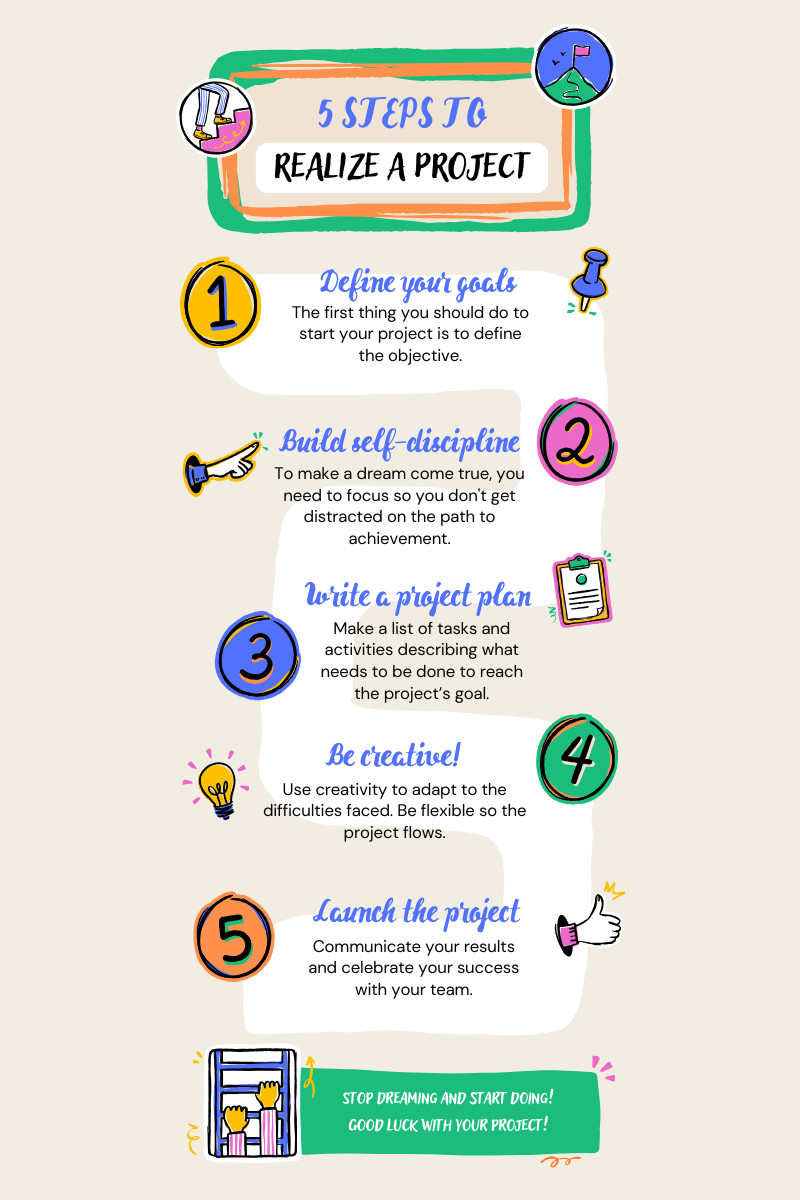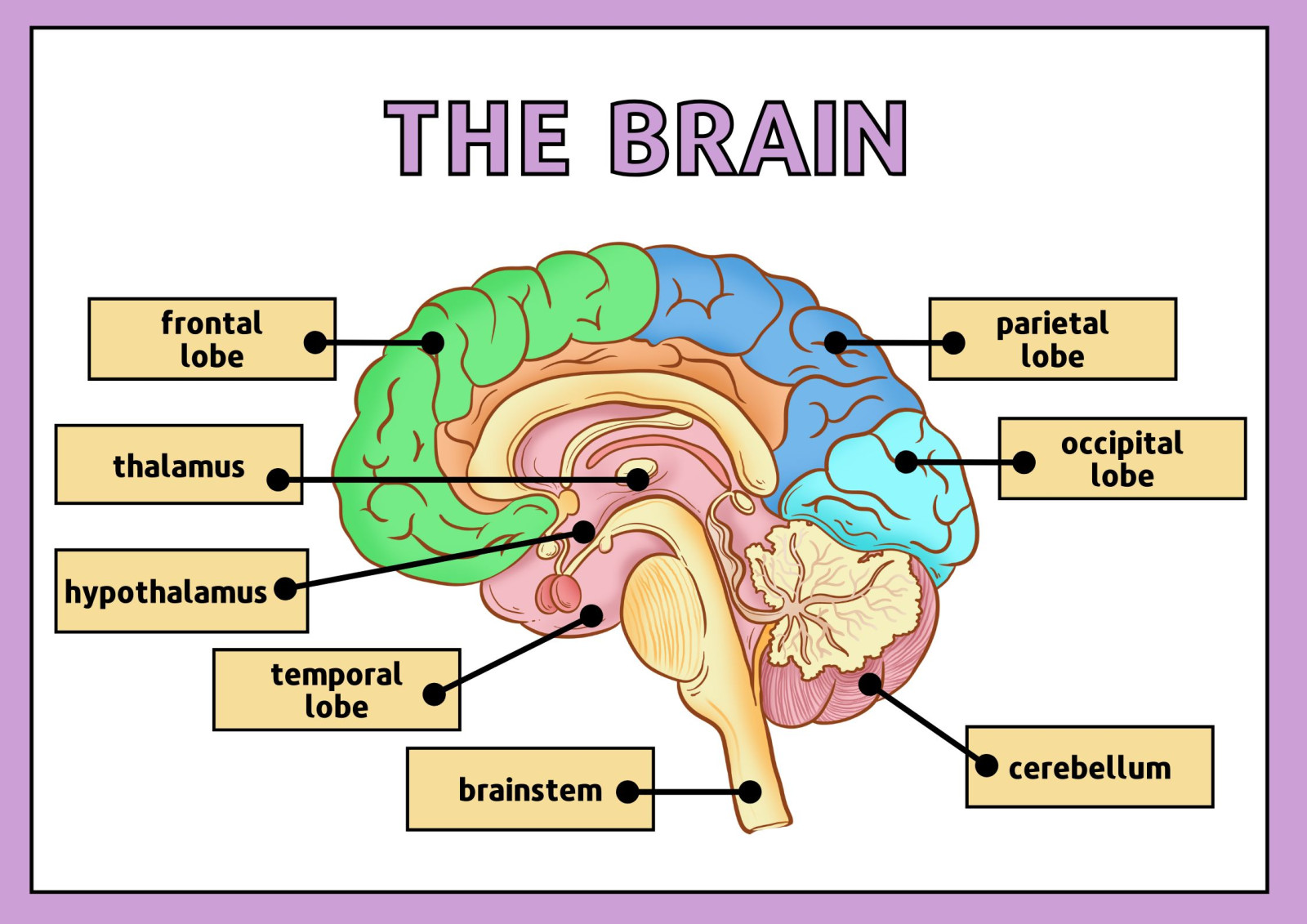
In the quest for personal growth and achieving our dreams, visualization stands as a powerful tool that can propel us towards the life we desire. Dr. Sara Swart, a renowned psychiatrist and neuroscientist, has delved into the intricate workings of the human brain to understand how visualization can shape our reality.
One of her innovative techniques, Action Boards, offers a structured approach to visualization, enabling individuals to manifest their aspirations effectively and guide them towards the life they want.
1. Understanding the Power of Visualization
Visualization involves mentally imagining and experiencing desired outcomes as if they have already been achieved.
This practice engages various regions of the brain, including the visual cortex and the limbic system, which governs emotions and motivation.
Through consistent visualization, we prime our brains to recognize opportunities aligned with our goals, enhance motivation, and foster a positive mindset conducive to success.
2. The Science Behind Action Boards
Action Boards are grounded in neuroscience principles, offering a structured framework to optimize the visualization process. Unlike traditional vision boards, which primarily focus on images, Action Boards incorporate detailed action steps, timelines, and emotional anchors to deepen the impact of visualization.
3. Creating Your Action Board
- Define Your Goals:
Begin by identifying specific goals that resonate with your aspirations. Whether it's advancing in your career, improving relationships, or enhancing well-being, clarity is key to effective visualization.
- Visual Representation:
Select images and symbols that vividly represent your goals and aspirations. These visuals should evoke strong positive emotions and serve as reminders of your desired outcomes.
- Action Steps:
Break down each goal into actionable steps. These steps should be realistic, measurable, and time-bound, guiding you towards steady progress.
- Emotional Anchors:
Incorporate emotional anchors, such as affirmations or quotes, that resonate with your values and aspirations. These anchors serve to reinforce positive emotions and deepen your connection to your goals.
- Timeline:
Map out a timeline for achieving each goal. Setting deadlines creates a sense of urgency and accountability, motivating you to stay focused and consistent in your efforts.
How to create your Action Board:
1. Materials: You'll need a large board or a wall space, sticky notes or index cards, markers, and possibly some tape or pins to affix the notes/cards.
2. Sections: Divide your board into sections based on your project or goal. Common sections might include To-Do, In Progress, Completed, and Blocked. You can customize these sections based on your needs.
3. Action Items: Write down individual tasks or action items on sticky notes or index cards. Each task should be clear, concise, and achievable within a reasonable time frame.
4. Placement: Place each action item in the appropriate section on the board based on its current status. For example, if a task is pending, place it in the To-Do section. If it's in progress, move it to the In Progress section, and so on.
5. Updates: Regularly update the board by moving items as they progress or change status. This helps you visualize the flow of work and identify any bottlenecks or areas that need attention.
6. Review: Take time to review the board regularly to assess progress, identify any blockers, and prioritize tasks. You can also use different colors or symbols to denote priority levels or categories.
7. Collaboration: If you're working with a team, encourage everyone to contribute to the board and keep it updated. It serves as a visual representation of the collective efforts and helps everyone stay aligned.
By following these steps, you can create an action board that provides a clear visualization of your tasks and progress towards your goals.
The Ritual of Visualization
Once your Action Board is created, integrate it into your daily routine as a visualization ritual.
Set aside dedicated time each day to immerse yourself in the imagery, emotions, and action steps depicted on your board.
Engage all your senses as you visualize the attainment of your goals, cultivating a profound belief in their realization.
Monitoring Progress and Adjustments
Regularly review your Action Board to track your progress and reassess your goals.
Celebrate achievements, no matter how small, and use setbacks as opportunities for learning and growth.
Be flexible in adjusting your action steps and timelines as needed, staying adaptable in the pursuit of your aspirations.
Conclusion
Action Boards offer a dynamic approach to visualization, integrating neuroscience principles with practical goal-setting techniques.
By harnessing the power of visualization and structured action planning, we can manifest the life we want with clarity, intention, and unwavering determination.
Embrace the journey of self-discovery, visualize your path to success, and watch as your dreams transform into reality.
Incorporate Action Boards into your life today, and unlock the extraordinary potential that lies within your mind. Remember, the power to create the life you desire resides within you – visualize it, believe it, and take decisive action towards its realization.
(acknowledgements: Dr Tara Swart)
















0 Comments